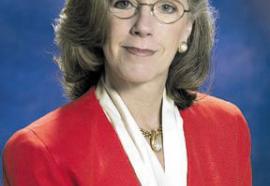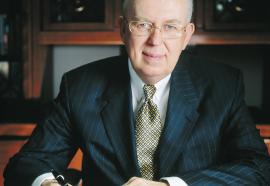Outsourcing: All It's Cracked Up to Be?
Despite several high-profile deals, utilities remain cautious about outsourcing their key business processes.
It seems that "outsourcing" has become a dirty word among utility executives. But though left unsaid in polite conversation, the word is still on everybody's mind. They might even be doing it. They just aren't talking about it.







